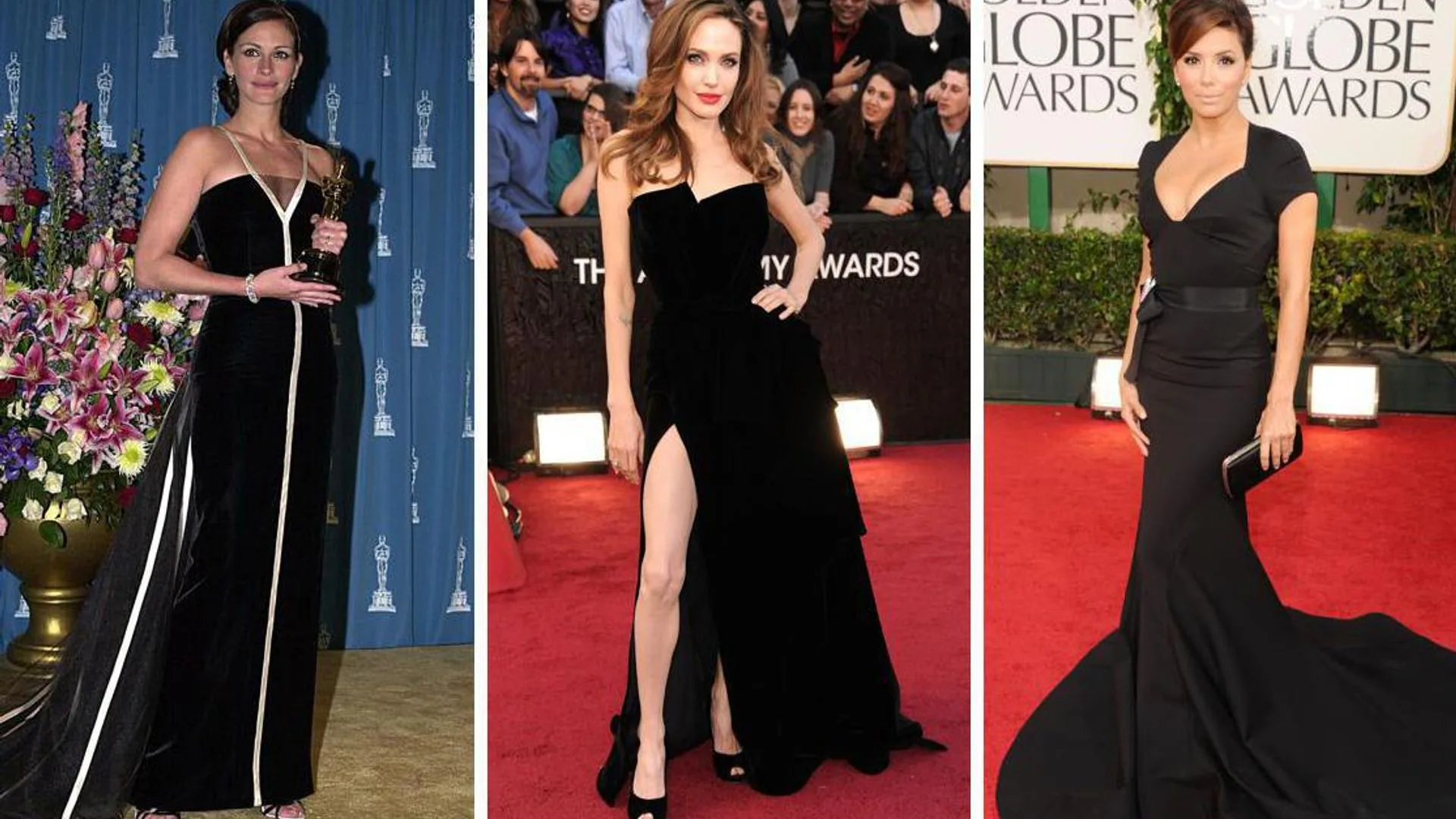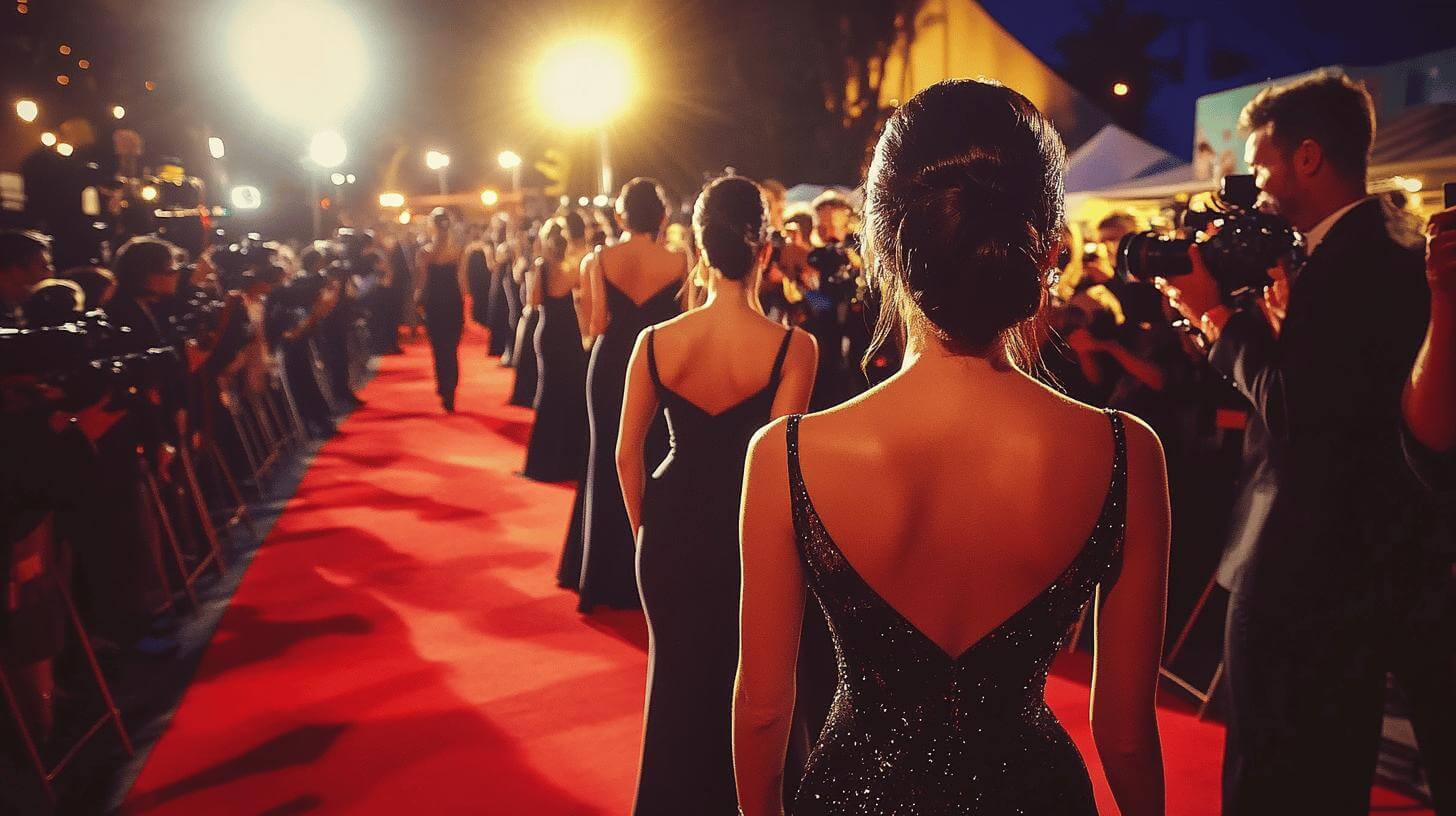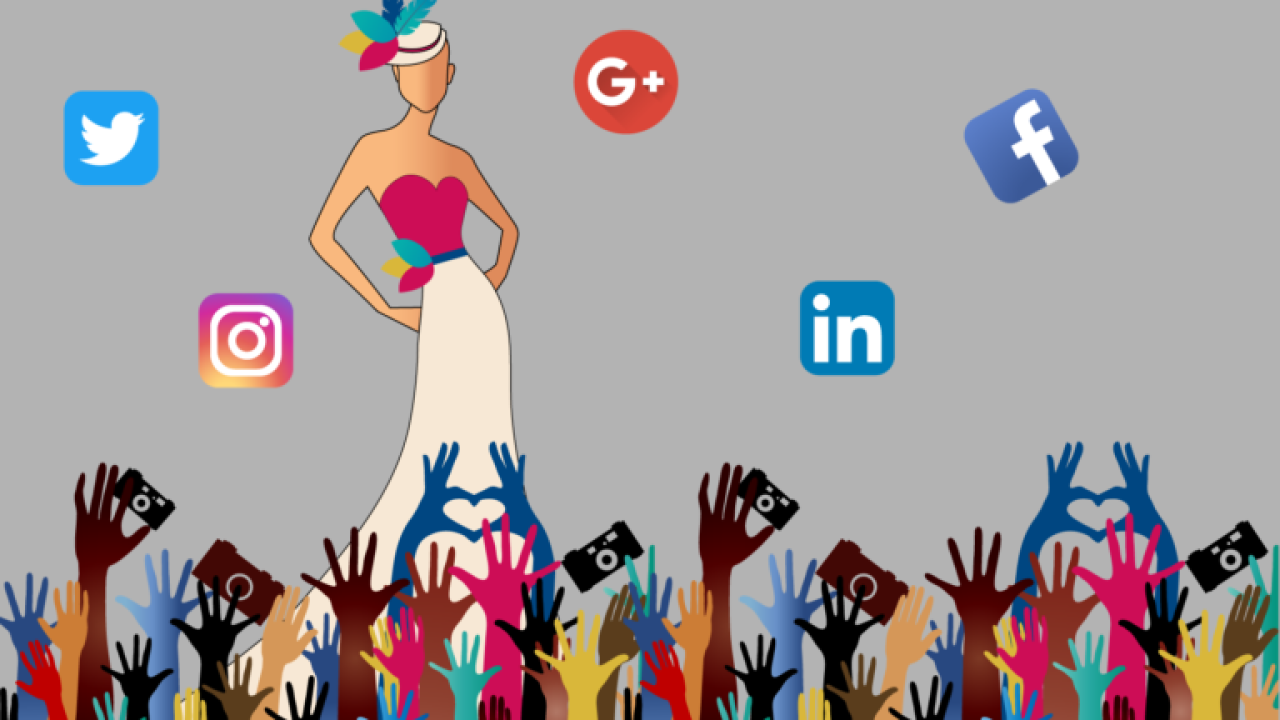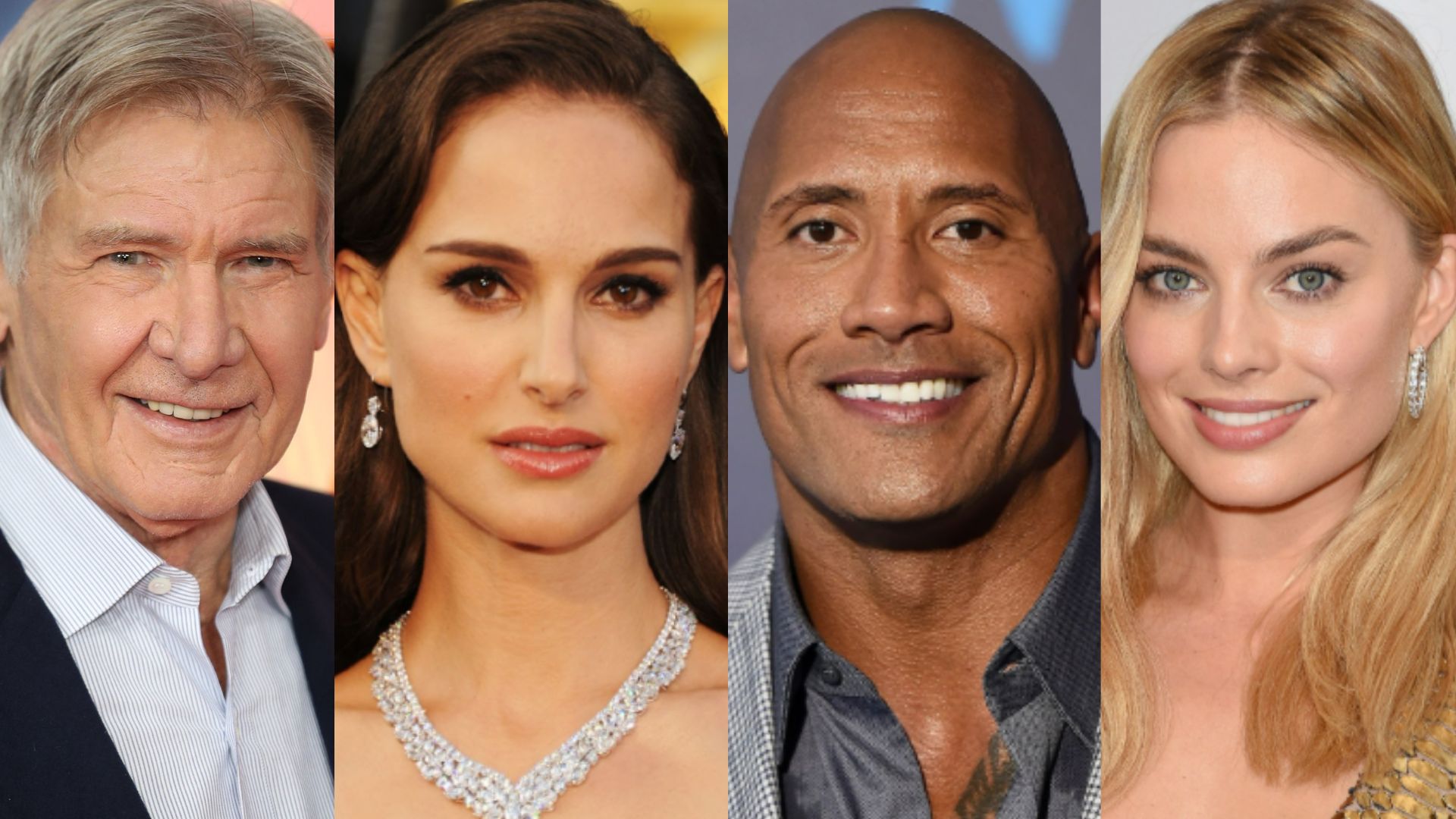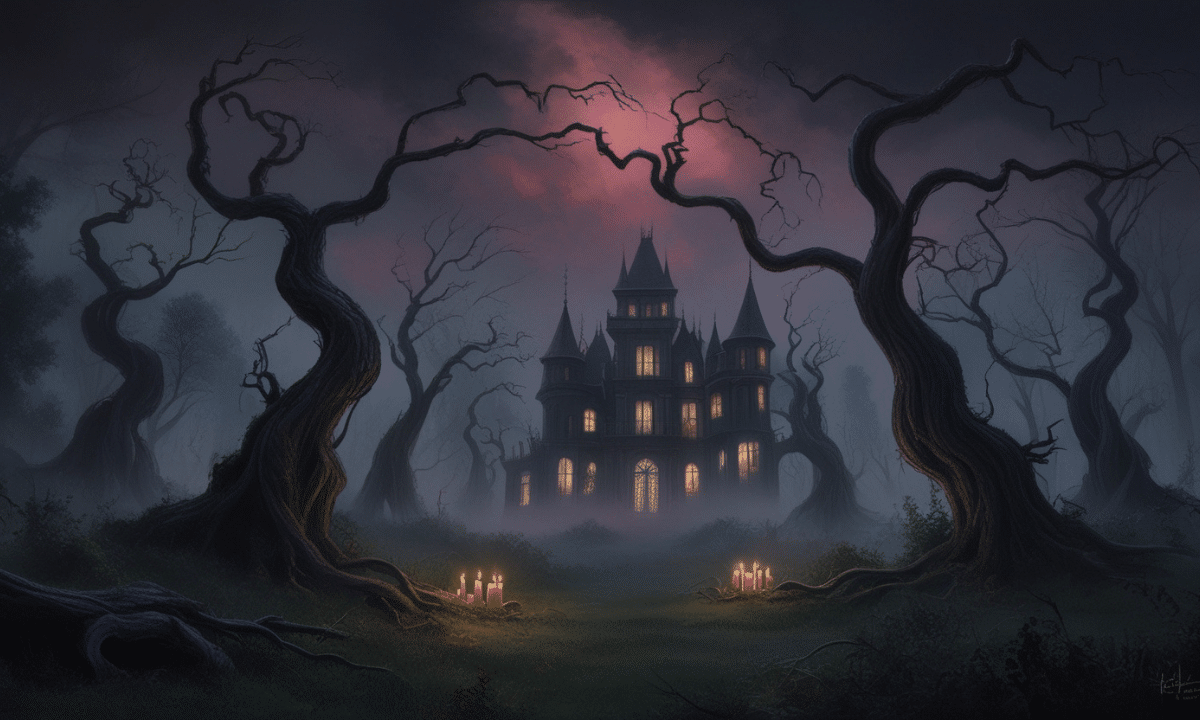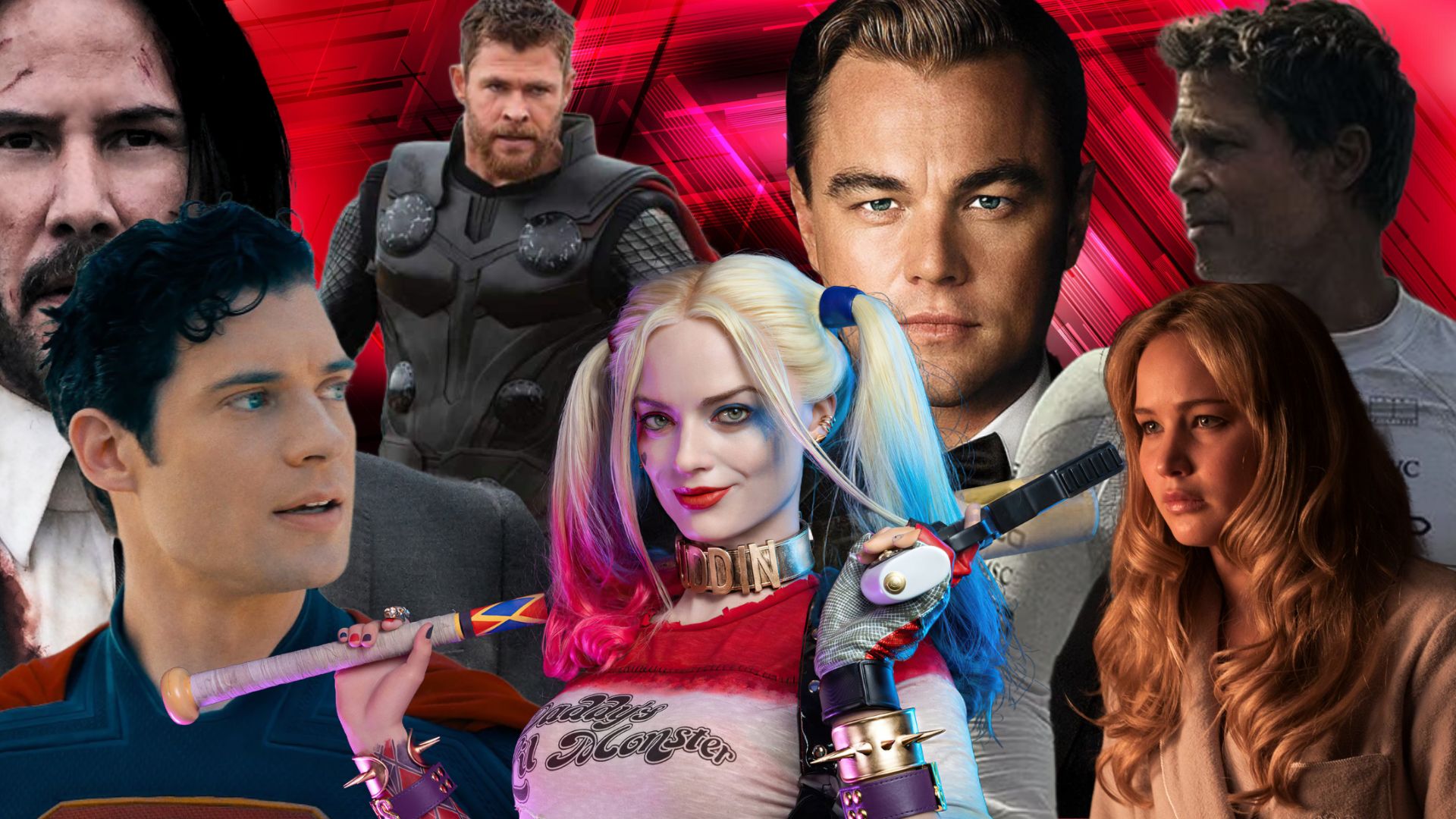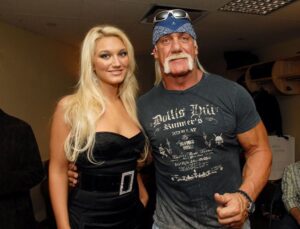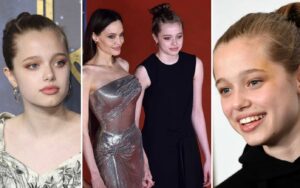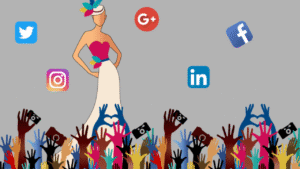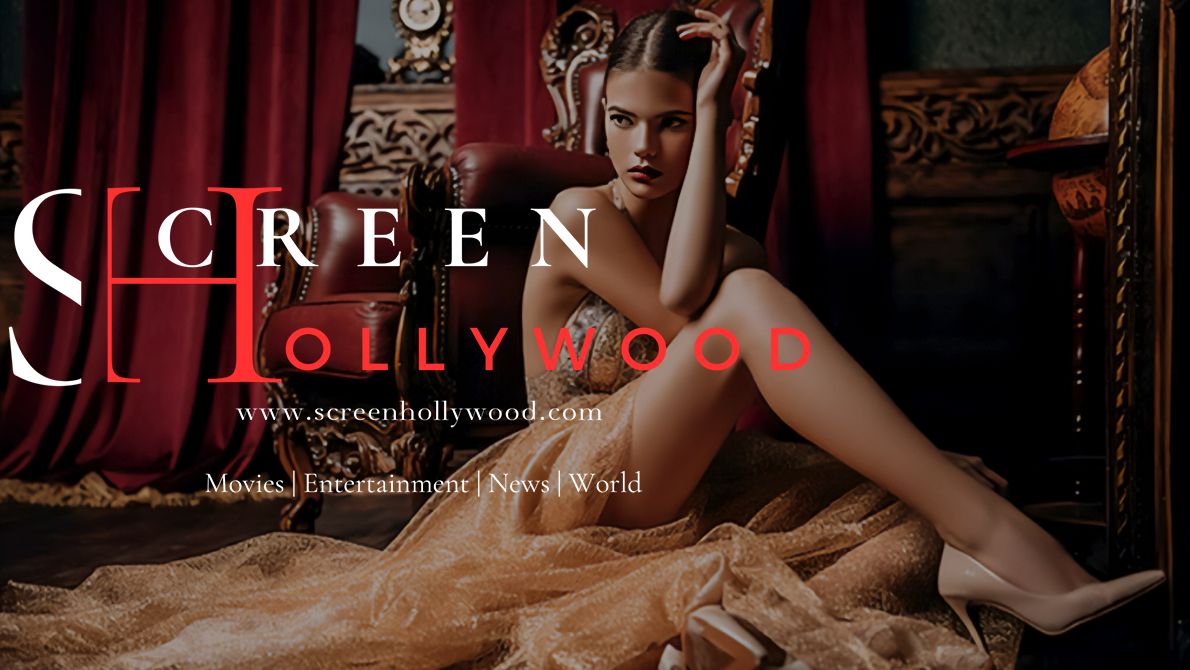The Red Carpet: A Global Stage for Style Evolution
A Look at Celebrity Fashion Evolution on the Red Carpet. For decades, the red carpet has served as more than just a photo opportunity—it’s a stage where fashion meets fame, where trends are born, and where the world witnesses the ever-evolving style of Hollywood’s elite. From the golden age of cinema to today’s social media-dominated world, celebrity fashion on the red carpet has undergone significant transformation. In the early years, actresses like Audrey Hepburn and Grace Kelly dazzled in elegant gowns that defined an era of timeless glamor. Hepburn’s iconic Givenchy dress at the Oscars set a precedent for designer-celebrity partnerships that would shape red carpet culture for years to come. Over time, as the industry grew and diversified, so did the fashion. By the 1990s and early 2000s, red carpet appearances became highly anticipated events, covered extensively by television and tabloids, with stars like Jennifer Lopez, Angelina Jolie, and Halle Berry becoming fashion icons.
From Couture Statements to Personal Expression
Modern red carpet fashion has moved far beyond the sole purpose of looking glamorous. It has become a powerful form of personal expression and sometimes even a political statement. Celebrities are now more involved in the process of curating their looks, often working closely with stylists to choose pieces that reflect their personality, heritage, and values. Stars like Zendaya and Timothée Chalamet have been widely praised for redefining what’s acceptable on the red carpet, blurring gender lines and playing with unexpected silhouettes. Zendaya’s collaborations with stylist Law Roach have produced some of the most memorable red carpet moments in recent years, from metallic gowns to menswear-inspired couture. Meanwhile, Billie Eilish uses her appearances to challenge traditional standards of beauty and femininity, opting for oversized designer pieces that speak volumes about comfort, confidence, and individuality. This shift towards authenticity resonates with audiences who value representation and relatability in their favorite celebrities.
Designer-Celebrity Collaborations and Brand Influence
One of the most significant evolutions in red carpet fashion is the growing influence of luxury brands and their symbiotic relationship with celebrities. High fashion houses such as Dior, Louis Vuitton, Versace, and Gucci compete for visibility by dressing A-list celebrities during major events like the Oscars, Cannes Film Festival, and the Met Gala. These partnerships have become so integral that designers often create custom couture looks months in advance, knowing that a single standout gown can generate global headlines and millions in brand exposure. In return, celebrities gain credibility as fashion-forward personalities and secure lucrative endorsement deals. The evolution of these collaborations has also led to increased diversity, with designers spotlighting models and stars from different racial, cultural, and gender backgrounds. The red carpet has become a truly global platform, reflecting not just changing fashion tastes but also societal progress and inclusion.
The Role of Social Media and Instant Fashion Critique
In today’s digital age, red carpet looks are no longer limited to TV coverage or magazine spreads. Social media platforms like Instagram, Twitter, and TikTok offer instant visibility and feedback, giving fans the power to amplify or criticize celebrity fashion in real-time. This rapid dissemination has made red carpet styling a high-stakes affair—one misstep can go viral for the wrong reasons, while a groundbreaking outfit can spark global trends overnight. Celebrities and their teams are now more strategic than ever, considering the visual impact of their attire not only on the red carpet but on screens worldwide. Hashtags, meme culture, and fashion influencers have become part of the red carpet narrative, adding another layer to the evolving relationship between celebrities, fans, and style. This digital revolution has also democratized fashion commentary, allowing everyday people to join the conversation once reserved for elite fashion critics.
Conclusion: Fashion as a Mirror of Cultural Shifts
Ultimately, the evolution of celebrity fashion on the red carpet is a reflection of broader cultural changes. From classic elegance to bold experimentation, from conformity to fearless individuality, red carpet style tells a story not just about clothing, but about identity, empowerment, and social change. As we look toward the future, one thing is certain—the red carpet will continue to be a canvas where fashion, fame, and personal expression intersect in dazzling, transformative ways.


